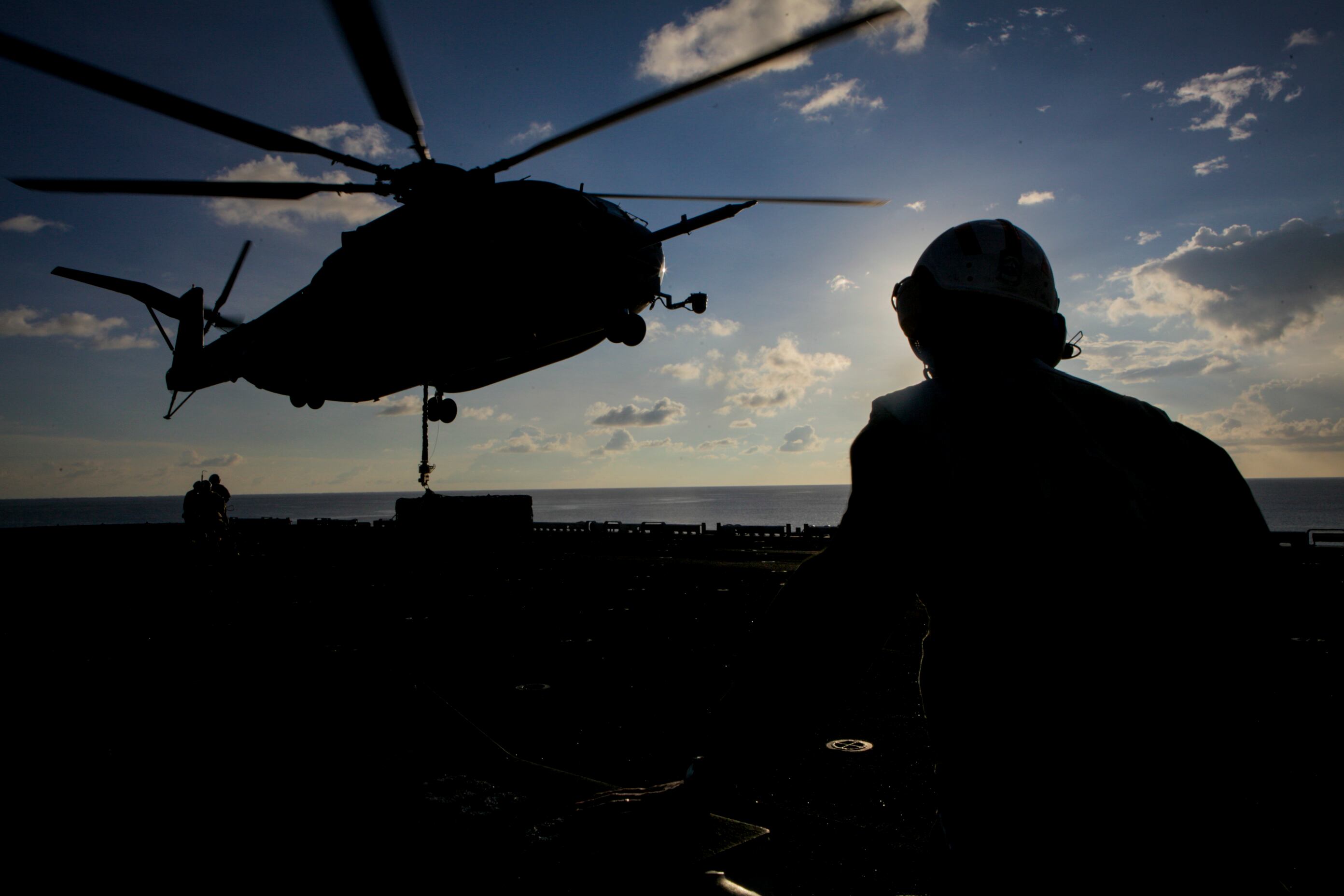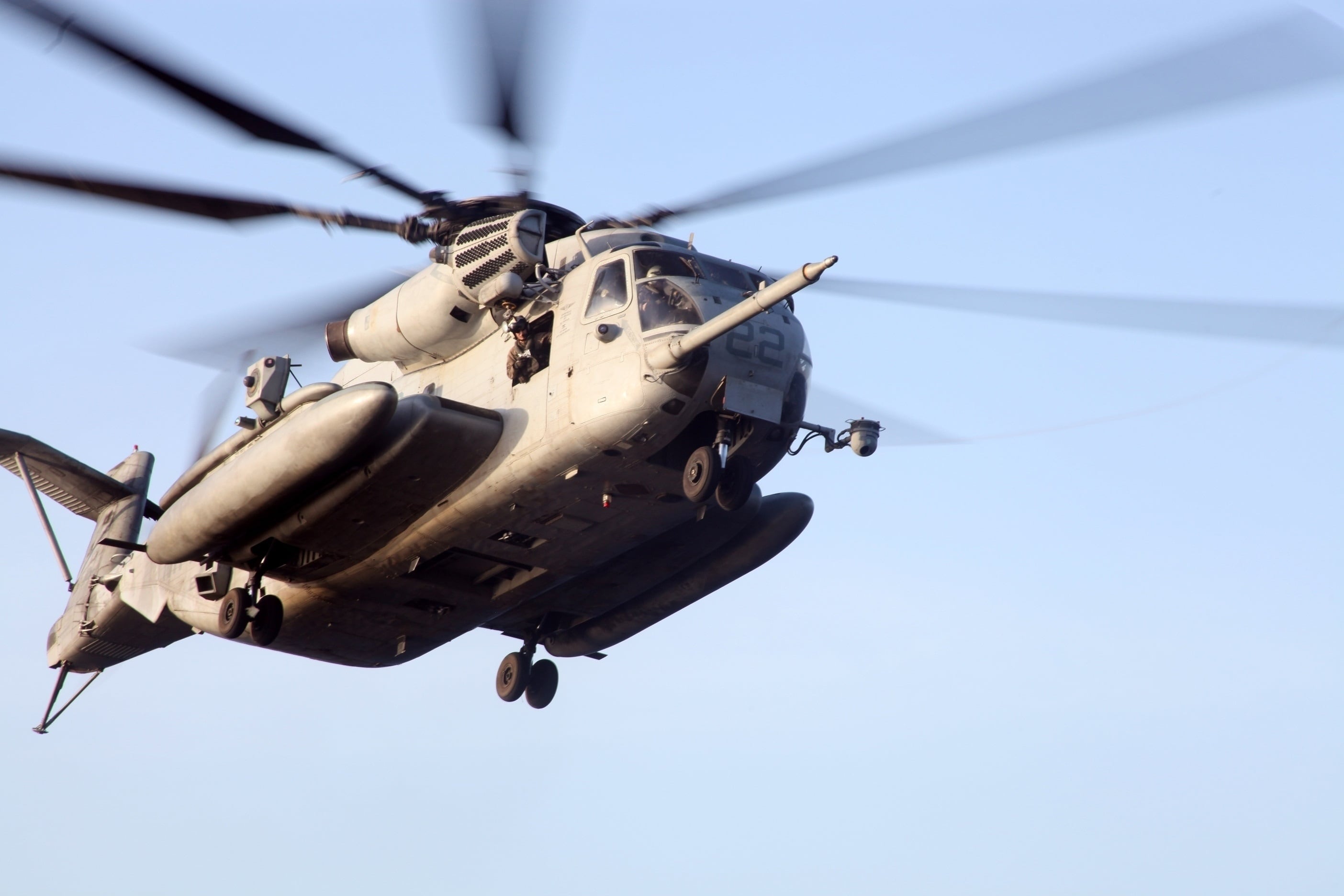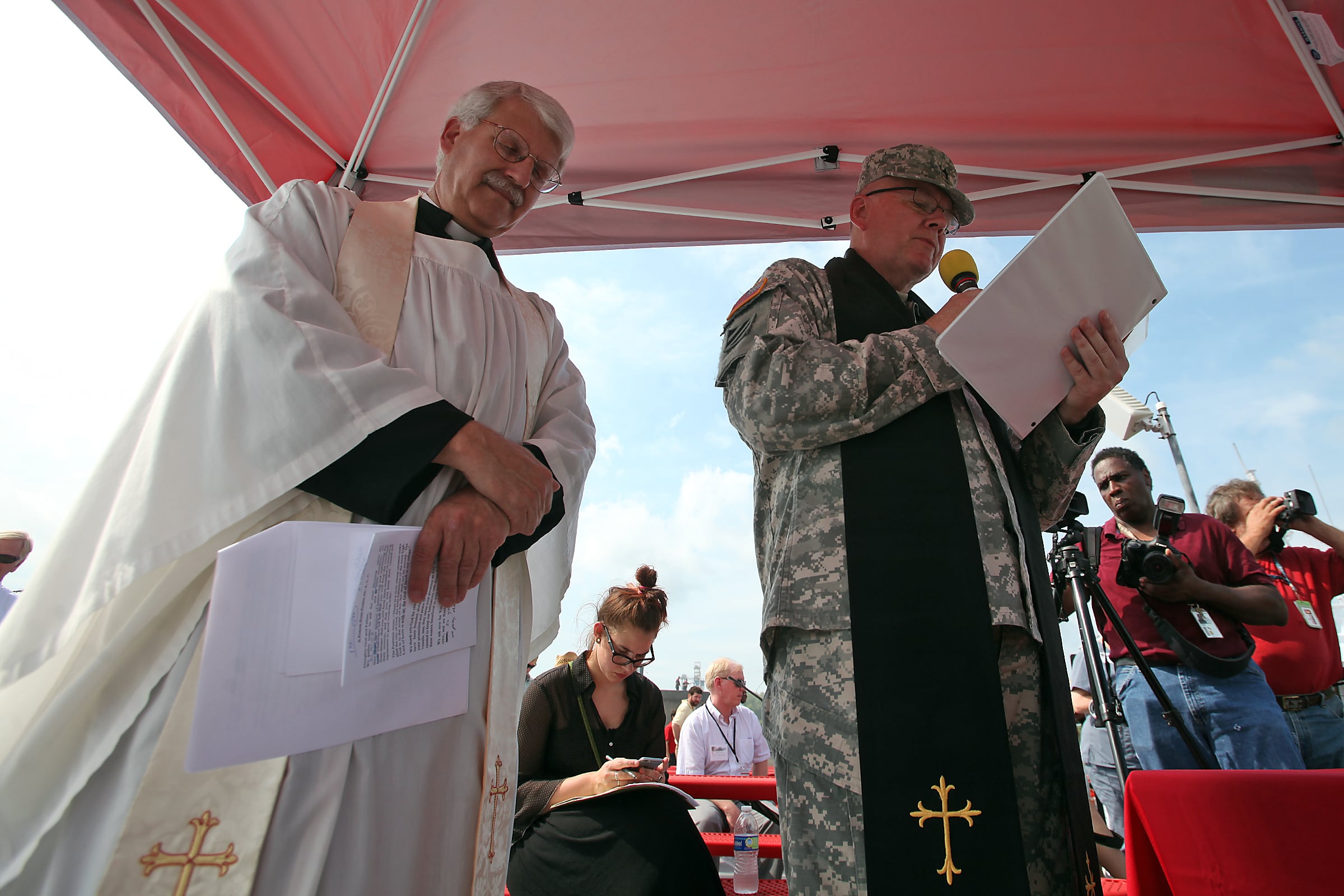The Marines have been fighting for years to keep their planes and helicopters flying, and now the service's aviation crisis has gained the attention of the Defense Department internal watchdog.
Last month, the DoD Inspector General notified Marine Corps Commandant Gen. Robert Neller and Naval Inspector General Vice Adm. Herman Shelanski that it would audit the Corps's struggling aviation readiness.
"We will determine if United States Marine Corps aviation squadrons have sufficient fully mission capable aircraft and proficient pilots to meet minimum standards for their mission essential tasks," according to an Oct. 17 memo from Carol Gorman assistant inspector general for readiness and cyber operations.
This is the second in a series of audits that look at military readiness, according to the memo, which was first reported Monday by Inside Defense.
The first audit began in August 2015 and looked at armored brigade combat team readiness, said IG spokeswoman Kathie Scarrah. The results are expected to be reported next month, she said.
"After the Marine Corps audit we plan subsequent audits for the Navy and Air Force," Scarrah said. "You should not read anything into the timing of the Marine Corps audit; the audit is simply one in a series of audits."
The Marine Corps is complying with the IG audit, said service spokeswoman Capt. Sarah Burns.
"Based on the trend analysis of June-July 2016, the Marine Corps' in-reporting and flyable aircraft have steadily increased since December 2014," Burns said on Tuesday. At the end of July, 465 of a total of 968 Marine aircraft were flyable, she said in September.
Budget cuts since 2011 have led to deferred maintenance on Marine Corps aircraft, which have been used continuously since the Sept. 11, 2001 terrorist attacks.
"The aircraft, while they're overseas, have been over-utilized," Lt. Gen. Jon Davis, head of Marine aviation, told lawmakers in April. "We've flown them a lot — a lot more than they're originally designed to fly and flown. We kept some airplanes overseas maybe longer than we should have."
By July 2019, the Marine Corps hopes to have 589 out of 1,065 fixed- and rotary-wing aircraft flyable, Davis told Marine Corps Times in a Sept. 6 interview.
"Our readiness numbers are ticking up, but they are still shy of what they should be," Davis said in the interview. "We're not satisfied at all. We have a ways to go before we achieve full readiness recovery."
Of all Marine Corps aircraft, the service's 146 CH-53E Super Stallion helicopters have had the most serious readiness issues, Davis said. The service is refurbishing all of its CH-53Es over the next three years and will replace the Super Stallions with new helicopters between 2019 and 2029.

A landing support specialist watches a CH-53E Super Stallion prepare to lift cargo off a flight deck.
Photo Credit: Cpl. Codey Underwood/Marine Corps
The depth of the readiness crisis in the CH-53E fleet was laid bare in a recently released investigation into the Jan. 14 crash of two Super Stallions off Hawaii, which killed 12 Marines.
The two CH-53Es that collided in January came from the Hawaii-based Marine Heavy Helicopter Squadron 463, where readiness was so bad that on some days in December none of its helicopters could fly, investigators determined.
In fiscal 2015, an average of 44 CH-53Es Marine Corps-wide were flyable, the investigation found.
"Although readiness had increased from earlier in the year, the fleet still was only 31 percent to standard," the investigation says. "The goal set by the Marine Corps Deputy Commandant for Aviation for HMH squadrons that fiscal year was 56 [ready basic aircraft], while actual RBA was 37.2."
Rep. Duncan Hunter, R-California, said the U.S. military is operating on a war funding while being funded by a peacetime budget.
"Our military is all over the world, and it's still fighting in Afghanistan and throughout the Middle East, and the [Obama] administration continues to ask our military do more and more with far less and we've seen readiness suffer because of it," Hunter, who's a Marine veteran, said in an Oct. 28 statement.
When Congress returns from recess, lawmakers hope to authorize the Marine Corps to spend more to repair and refurbish the service’s aircraft, said Rep. Rob Wittman, R-Va., chairman of the House Armed Services readiness subcommittee.
However, neither the Marine Corps nor any of the other military services will get more money to fix airplanes and helicopters if Congress passes a temporary funding measure, which would fund the military at lower spending levels, Wittman said in an Oct. 28 interview.
"So you add the reduction of spending on top of what will not be had with the increase that we proposed to put forward and it just exacerbates the issue," Wittman said. "A CR [continuing resolution] from this point on in any form is very problematic for the military — very problematic. The longer it goes, the more impactful it is."





